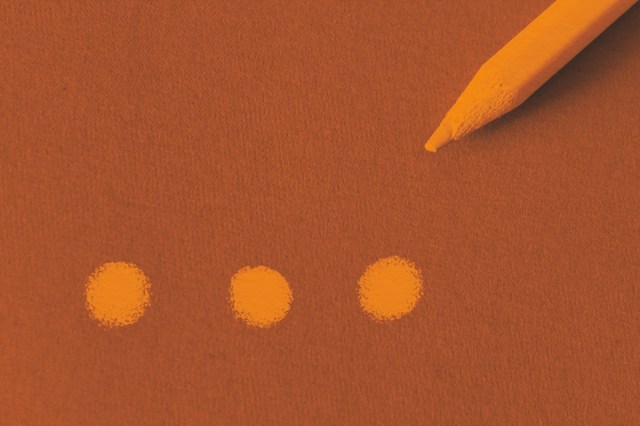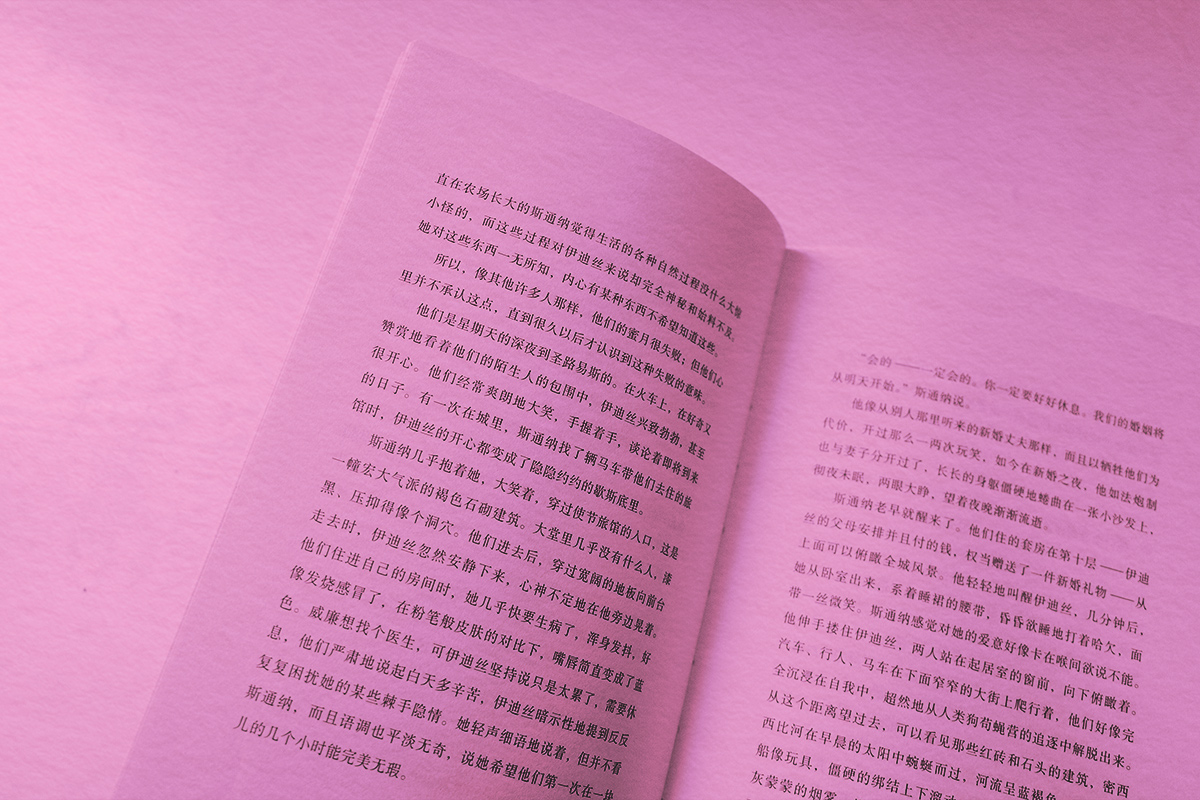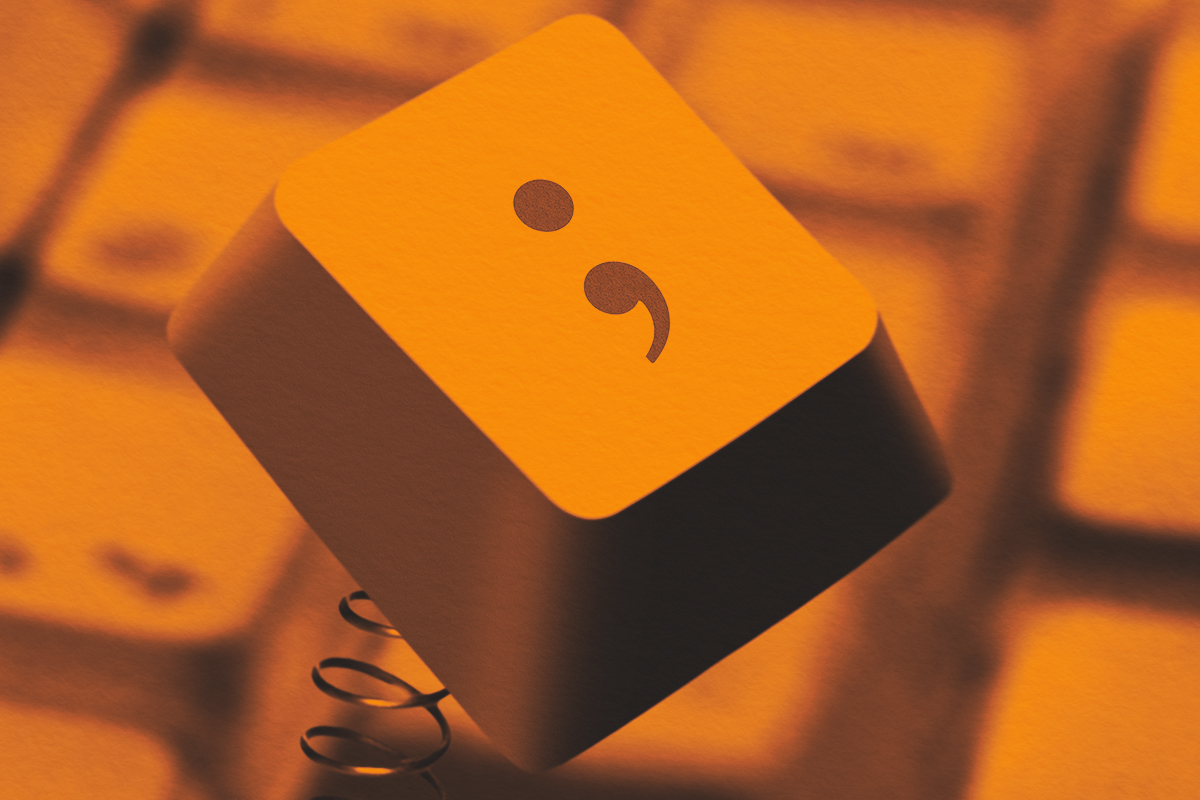
Have you ever noticed how three little dots can say so much? Just look at Star Wars, which kicks off its opening crawl with the legendary line, “A long time ago in a galaxy far, far away…” — and boom, the audience is hooked. In this context, an ellipsis builds suspense and sparks curiosity, so it’s a useful tool for screenwriters, authors, speechwriters, poets, and other areas of creative writing.
The ellipsis also has a place in professional and academic settings, where it is used to omit superfluous words in direct quotes. The rules for using it this way are stricter than in creative writing, but sometimes it’s as simple as replacing words within a sentence with the ellipsis. Consider the following quote from a BBC article, alongside its shortened version.
Original: “The original 1977 cinematic release of ‘Star Wars’ will be shown on the big screen this summer in London, marking its first public screening in decades.”
Shortened: “The original 1977 cinematic release of ‘Star Wars’ will be shown … in London, marking its first public screening in decades.”
(Editor’s note: We follow AP style, which calls for a space on either side of an ellipsis. You may choose not to use spaces. Pick your style and stay consistent.)
Other contexts have more complicated rules. When an omission closes out a sentence, most style guides, including MLA, advise adding a fourth dot to mark the end of a sentence.
The BBC stated, “The original 1977 cinematic release of ‘Star Wars’ will be shown on the big screen this summer in London. …”
(AP does advise against using ellipsis at the beginning and end of direct quotes. If you’re not writing a news story, you should be OK, but it’s worth knowing the guidelines.)
When a quote begins midsentence, the use of an ellipsis depends on the context. If the first word of the quote isn’t capitalized, no ellipsis is necessary:
BBC states that the film “will be shown as part of the British Film Institute (BFI)’s Film on Film festival on 12 June.”
However, if the first word of a midsentence quote is capitalized, using an ellipsis prevents ambiguity:
The BBC notes George Lucas’ alterations, including “… Jabba the Hutt and other special effects upgrades …” are contention points among fans.
This approach ensures the quote is clear and easy to understand, which is what the ellipsis is all about: promoting smooth communication.

















